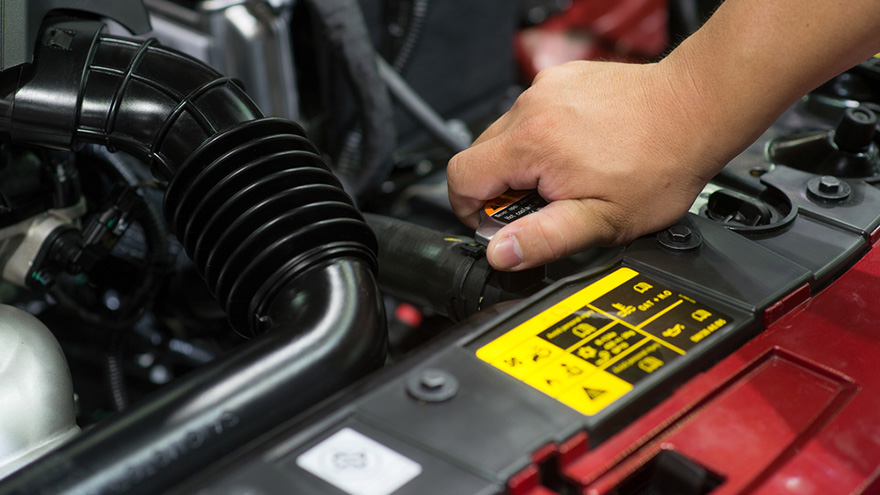5 crucial VSC components to review with customers

By subscribing, you agree to receive communications from Auto Remarketing and our partners in accordance with our Privacy Policy. We may share your information with select partners and sponsors who may contact you about their products and services. You may unsubscribe at any time.
WILKES-BARRE, Pa. –
GWC Warranty acknowledged it can be a challenge for dealership staff to include a vehicle service contract in the auto financing package, especially if customers are already stretching their budgets to meet the monthly payment requirements.
So when a VSC is purchased, GWC recommended that store personnel review five little-known but vital terms of a vehicle service contract that, when shared with the customer, can improve the post-sale experience.
According to a recent company blog, those five crucial points include:
1. Where to take a vehicle for repairs.
GWC Warranty suggested that stores educate customers up front about the best places to take their vehicle in the event of a breakdown.
“Know the rate at which your service contract reimburses labor hours and recommend shops (if you don’t have one of your own) that you know will work within a reasonable labor rate,” the company said. “Otherwise, you can direct your customers to look up service facilities that have an existing relationship with your service contract provider.
Subscribe to Auto Remarketing to stay informed and stay ahead.
By subscribing, you agree to receive communications from Auto Remarketing and our partners in accordance with our Privacy Policy. We may share your information with select partners and sponsors who may contact you about their products and services. You may unsubscribe at any time.
“This can be especially helpful should a breakdown occur away from home, so be sure to show your customers where they can find this information,” GWC Warranty continued.
2. Deductible.
The company noted that it will always help manage expectations to be upfront with a customer about what he or she could expect to pay in the event of a breakdown.
“You don’t want your customer leaving your dealership thinking every penny will be covered if the reality is that a deductible will be due at the time of repairs,” GWC Warranty said.
The company explained that dealerships often have two options in this situation. They can educate customers on the deductible, or can explain the value in purchasing a zero-deductible plan.
3. Parts used for repairs.
GWC Warranty reiterated that it’s standard throughout the industry to use parts of similar kind and quality when making repairs with a vehicle service contract.
“Customers unaware of this can sometimes be caught off guard by used parts being used during their repairs,” the company said. “Here is an opportunity to relay the value of your quality service contract provider, to let your customers know that you have chosen a reputable service contract company because of its knowledge about quality parts — both new and used.”
4. Limits of liability.
If the customer is purchasing a service contract with a limit of liability, GWC Warranty pointed out that it’s important that dealerships explain this part of the contract.
“Whether it’s a set dollar amount or a vehicle’s NADA value, your customer is better off knowing this information early on as opposed to after an unexpected bill lands on his or her lap,” the company said.
5. Roadside assistance, towing and rental car procedures.
GWC Warranty closed by noting the first step customers often will take after a breakdown is to solidify their transportation moving forward. First will be roadside assistance and towing, followed shortly by the need for a rental car.
“If the plan your customer purchases includes these benefits, show them where they can find out how to use them,” the company said.
“If they aren’t purchasing a plan with roadside, towing and rental, use this as an opportunity to upsell them into coverage that will better protect them in the event of a breakdown,” the company added.
While it might seem like many steps, GWC Warranty emphasized the potential benefits.
“A better educated customer will be a happier customer in the long run — one that knows what to expect from a service contract experience and doesn’t come back with a sour taste following a repair,” the company said.
“Taking the extra time to cover these finer details and show your customers where to find additional information about their contract can prove to be incredibly beneficial for your reputation and repeat business,” GWC Warranty went on to say.
This blog post and other instructional material can be found on GWC Warranty’s website.


